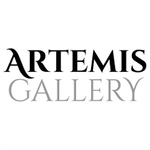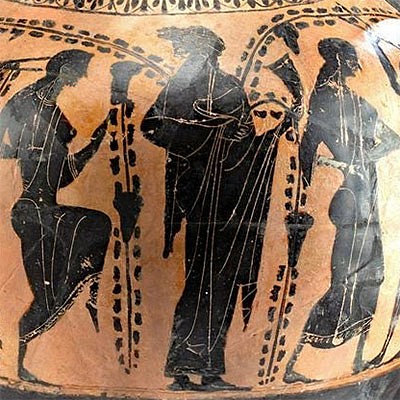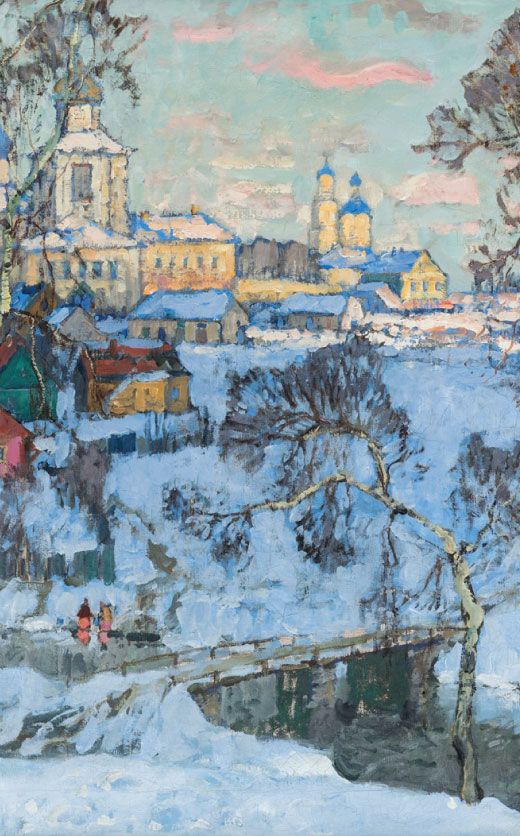Seljuk Leaded Bronze / Brass Mortar & Pestle w/ Silver
Lot 140
About Seller
Artemis Gallery
686 S Taylor Ave, Ste 106
Louisville, CO 80027
United States
Selling antiquities, ancient and ethnographic art online since 1993, Artemis Gallery specializes in Classical Antiquities (Egyptian, Greek, Roman, Near Eastern), Asian, Pre-Columbian, African / Tribal / Oceanographic art. Our extensive inventory includes pottery, stone, metal, wood, glass and textil...Read more
Categories
Estimate:
$1,500 - $2,250
Absentee vs Live bid
Two ways to bid:
- Leave a max absentee bid and the platform will bid on your behalf up to your maximum bid during the live auction.
- Bid live during the auction and your bids will be submitted real-time to the auctioneer.
Bid Increments
| Price | Bid Increment |
|---|---|
| $0 | $25 |
| $300 | $50 |
| $1,000 | $100 |
| $2,000 | $250 |
| $5,000 | $500 |
| $10,000 | $1,000 |
| $20,000 | $2,500 |
| $50,000 | $5,000 |
| $100,000 | $10,000 |
| $200,000 | $20,000 |
About Auction
By Artemis Gallery
Jun 10, 2021
Set Reminder
2021-06-10 10:00:00
2021-06-10 10:00:00
America/New_York
Bidsquare
Bidsquare : Exceptional Antiquities | Asian | Ethnographic
https://www.bidsquare.com/auctions/artemis-gallery/exceptional-antiquities-asian-ethnographic-7012
Museum-worthy examples of Egyptian, Greek, Roman, Viking, Near Eastern, Far East / Asian, Pre-Columbian, African / Tribal, Oceanic, Native American, Spanish Colonial, Russian, Fossils, Ancient Jewelry, Fine Art, so much more! Artemis Gallery info@artemisgallery.com
Museum-worthy examples of Egyptian, Greek, Roman, Viking, Near Eastern, Far East / Asian, Pre-Columbian, African / Tribal, Oceanic, Native American, Spanish Colonial, Russian, Fossils, Ancient Jewelry, Fine Art, so much more! Artemis Gallery info@artemisgallery.com
- Lot Description
Medieval Middle East / Central Asia, Persia (Iran and Turkey), Seljuk (Seljuq) Empire, ca. 12th to 13th century CE. A fine leaded-bronze mortar and brass pestle of hefty forms cast via the lost wax technique. The stocky, round-bottomed mortar has tall walls and a gently corseted shoulder that flares upward around the deep basin. The exterior is decorated with 4 registers of Kufic script, knotwork rondels, interlacing linear patterns, and seated anthropomorphic figures upon thrones; all detailing on the mortar is inlaid with 25% silver. The pestle has a tapered, conical, flared pounding face and a ball-shaped finial handle. The workmanship is exquisite for this utilitarian and artistic piece. Both components exhibit thick, green patina atop areas of the smooth, dark brown patina. Mortars and pestles were important tools for grinding ingredients and medicine. Inlaying bronze and brass objects with precious metals such as gold and silver was a popular practice that many bronze workshops specialized in during this era. Size of mortar: 6" Diameter x 5.5" H (15.2 cm x 14 cm); pestle: 8.25" L x 1.5" W (21 cm x 3.8 cm)
Provenance: private California, USA collection, purchased in Iran in 1973
All items legal to buy/sell under U.S. Statute covering cultural patrimony Code 2600, CHAPTER 14, and are guaranteed to be as described or your money back.
A Certificate of Authenticity will accompany all winning bids.
We ship worldwide and handle all shipping in-house for your convenience.
#164635Surface pitting, nicks, and abrasions to pestle head as expected with use. Chip and nick to base of mortar. Surface pitting and abrasions especially on the interior of mortar as expected with use and age. Heavy green patina and mineral deposits on both. Nice details on mortar!Condition
- Shipping Info
-
All shipping is handled in-house for your convenience. Your invoice from Artemis Gallery will include shipping calculation instructions. If in doubt, please inquire BEFORE bidding for estimated shipping costs for individual items.
-
- Buyer's Premium



 EUR
EUR CAD
CAD AUD
AUD GBP
GBP MXN
MXN HKD
HKD CNY
CNY MYR
MYR SEK
SEK SGD
SGD CHF
CHF THB
THB














